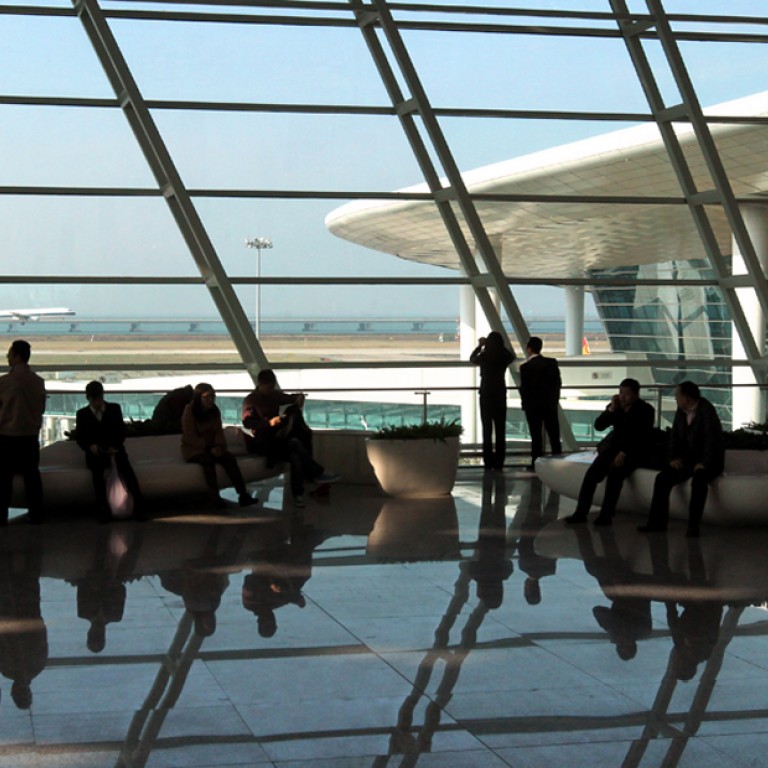
Can Hong Kong and Shenzhen airports co-ordinate for mutual gain?
Building a state-of-the-art airport terminal in one of the world's fastest-growing economies is a challenge. The new one in Shenzhen, like other large-scale infrastructure projects worldwide, suffered teething pains during its initial operation, especially as the switch from the old terminals to the new one happened overnight.
Building a state-of-the-art airport terminal in one of the world's fastest-growing economies is a challenge. The new one in Shenzhen, like other large-scale infrastructure projects worldwide, suffered teething pains during its initial operation, especially as the switch from the old terminals to the new one happened overnight. Some passengers missed their flights, blaming confusing flight schedules and information. But compared with the turbulence experienced during the Hong Kong airport relocation 15 years ago, the Shenzhen terminal opening had a relatively smooth take-off.
Our neighbour has every reason to feel proud. Designed in the shape of a manta ray by Italian architects, the 8.6 billion yuan (HK$10.7 billion) terminal is another showpiece of China's economic prowess. Three times the size of the old terminals, the new one will be able to handle up to 45 million passengers a year by 2020. That is not far short of Hong Kong's 56.5 million last year. Officials hope it will become the mainland's preferred hopping-off point for flights to Southeast Asia.
Concerns have been raised that the airport may pose a threat to Hong Kong's. So far it handles just 65 flights a week to Singapore, Bangkok and Taiwan, among other Southeast Asian destinations; they are outnumbered by the numerous international routes radiating from Chek Lap Kok. Thanks to its high-quality service and facilities, our airport has been consistently rated one of the best. While Shenzhen airport is expected to live in Hong Kong's shadow for some time, it is eager to catch up. There are plans for flights to Indonesia, India, Vietnam, Australia and New Zealand. Air cargo and mail capacity will eventually reach two million tonnes a year.
With Hong Kong airport's third runaway still grounded, declining competitiveness is a valid issue for the city. Some price-sensitive passengers in Hong Kong were already switching to Shenzhen airport. It would not be surprising if the new terminal takes away more business in the future.
That said, the growing competition need not be a zero-sum game. It is in the long-term interest of the two airports to work together closely. Given that the airspace over the Pearl River Delta is one of the world's busiest, there is a long-standing need for the regional airports to better co-ordinate their air traffic. They stand to gain further by complementing each other's strengths in the region. The synergy is expected to enhance the delta region's status as an international aviation hub.

